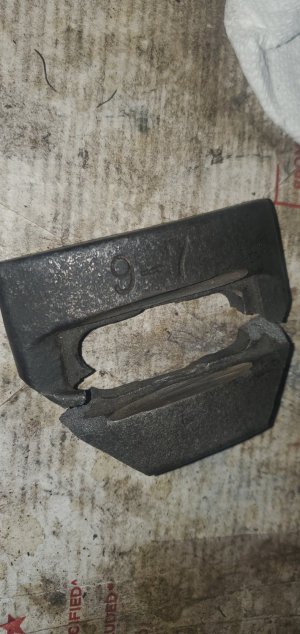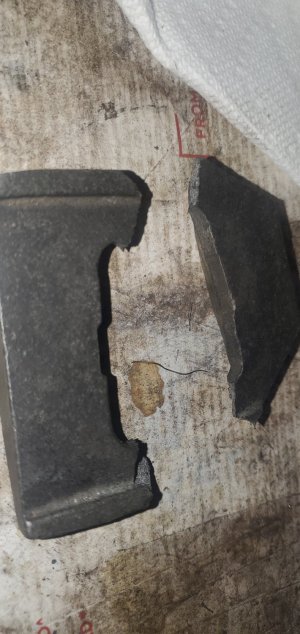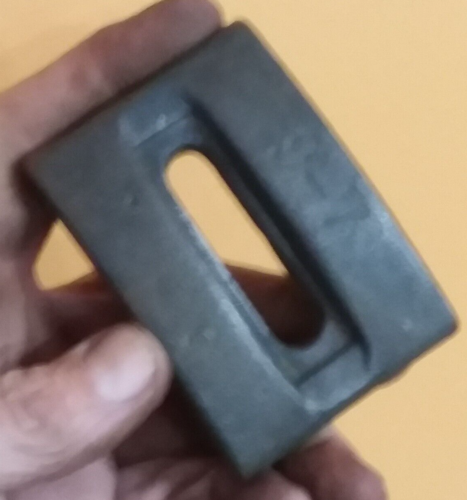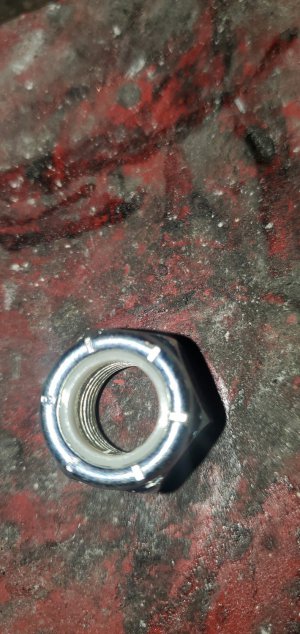We will gladly help you spend your money like a drunken sailor on 24 hour shore leave.
For us newbies, and I am still in that category, reading Mikey's thread on grinding HSS tool bits is a must. I started trying to grind HSS tool bits with a hand held high speed grinder. Didn't work too well. Then got a typical bench grinder for cheap at a garage sale. This helped but I was still struggling. Then I picked up a 1x42 Delta belt sander at a thrift store. 1x42 refers to the size of the belt. Wow. What a difference. I could now easily and quickly grind any shape tool bit that I wanted to. Like I said before don't throw any of those HSS tool bits away. As you gain experience you will understand how they were ground and what they may have been used for. And you can grind some to suit what you want in a tool bit for a particular task.
A lot of beginning machining is learning motor skills. The basics of lathe work is internal and external turning and threading. I practiced on pvc pipe just to learn the motor skills. I spent hours doing this. Next comes a project where you actually try to make something. I had a lantern tool post and a 4 way tool post that I was using. Wanting to upgrade to a QCTP (quick change tool post) and not willing to spend the $$$$$ for the commercial ones I stumbled across the Norman style QCTP. A lot of members on the forum have made these. Easy to make at a fraction of the cost of the commercial QCTP. So I made a Norman style QCTP. All you need is a lathe and a drill. This was a great learning project.
Keep plugging away. You will gain valuable experience with everything you do.





